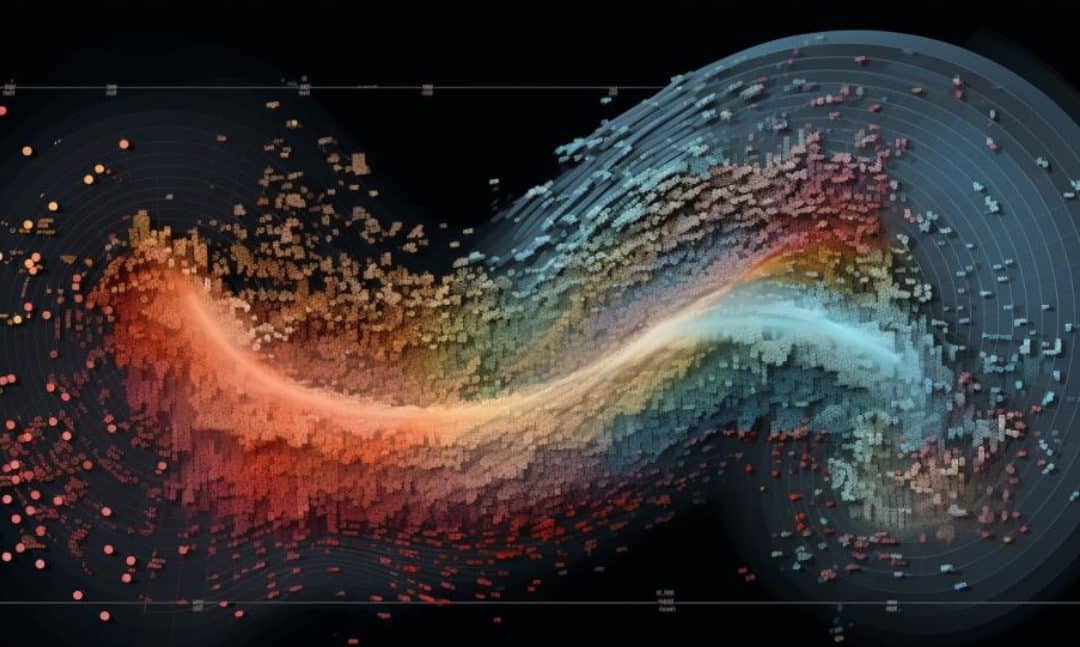Are you searching for the best regression datasets to practice and hone your data analytics skills?
Well, you’re in luck because we’ve got the ultimate list just for you!
A regression dataset is used in statistical and machine-learning contexts for problems where the goal is to predict a continuous output value based on one or more input features.
So, without further ado, let’s dive into the list of the 10 best regression datasets every data analyst, scientist, and enthusiast should have in their toolkit!
Here are some of the datasets you can expect to work with when you embark on this data analysis journey:
Boston House Prices
California Housing
Auto MPG
Wine Quality
Student Performance
NYC Airbnb
Big Mart Sales
Predicting the Popularity of Online News
NYC Taxi Trip Duration
Predicting Bike Rentals
Each of these datasets comes with its unique challenges and is well-suited for different learning and practice scenarios.
Whether you’re just starting with regression analysis or looking to master the art of predictive modeling, there’s something for everyone on this list!
1. Boston House Prices
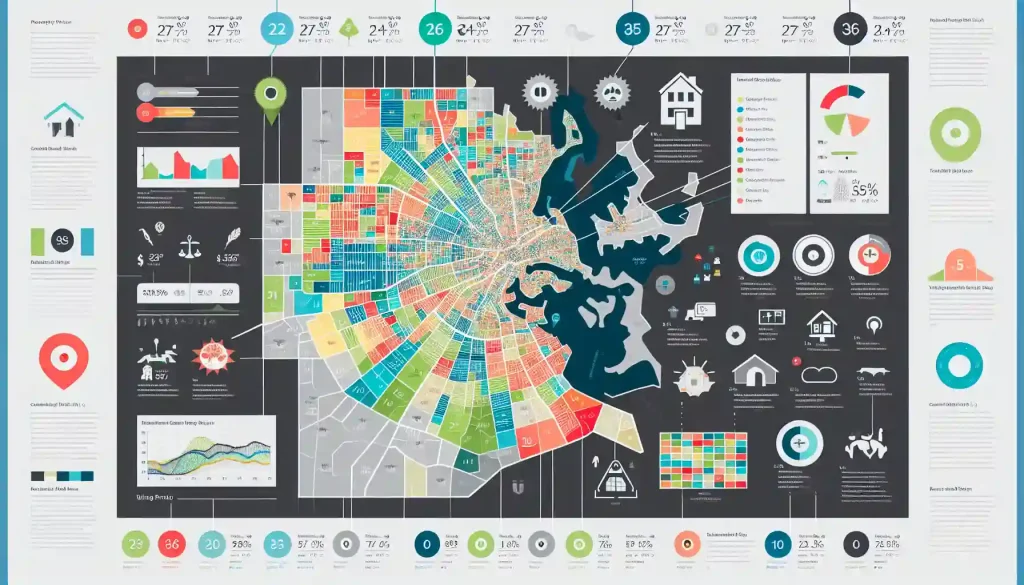
The Boston House Prices dataset, a classic in data analysis and machine learning, hails from the 1970s.
It provides detailed information on the median value of owner-occupied homes in Boston, alongside 12 other features, including crime rate, local property tax rate, and school pupil-teacher ratio.
This dataset, comprising 506 entries, is invaluable for understanding the nuances of real estate markets and urban economics. It benefits real estate professionals, city planners, and homebuyers, offering insights into the factors influencing property values.
If you are a beginner, it is an ideal introduction to regression analysis, while advanced users can delve into more complex techniques like polynomial and logistic regression.
Next, we dive into the California Housing dataset, a classic example for students and professionals to master real estate and urban planning regression techniques.
2. California Housing
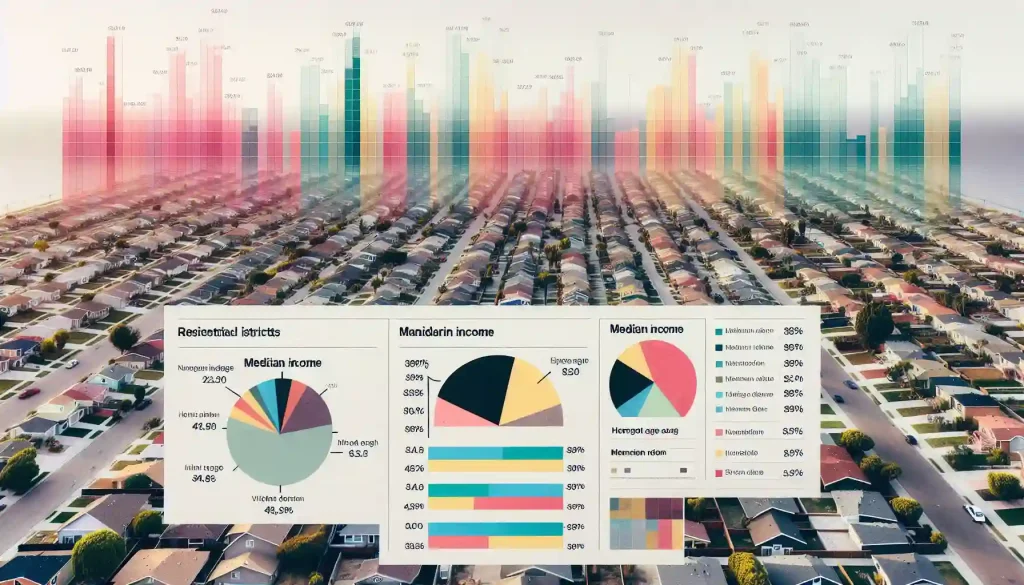
The California Housing dataset, known for its role in regression analysis education, offers insights into housing values across California’s districts based on the 1990 census data.
It includes 20,640 data points with 9 attributes, such as median income, housing median age, and proximity to the ocean. This dataset is extensively used in academic and training settings for machine learning and statistics.
It helps understand regional housing market trends, crucial for real estate developers, urban planners, and housing policymakers.
The medium-size dataset challenges users to refine their data preprocessing and model-tuning skills, making it apt for intermediate and advanced learners.
Moving on, the Auto MPG dataset brings us an insightful look into the automotive industry, highlighting the relationship between car attributes and fuel efficiency.
3. Auto MPG
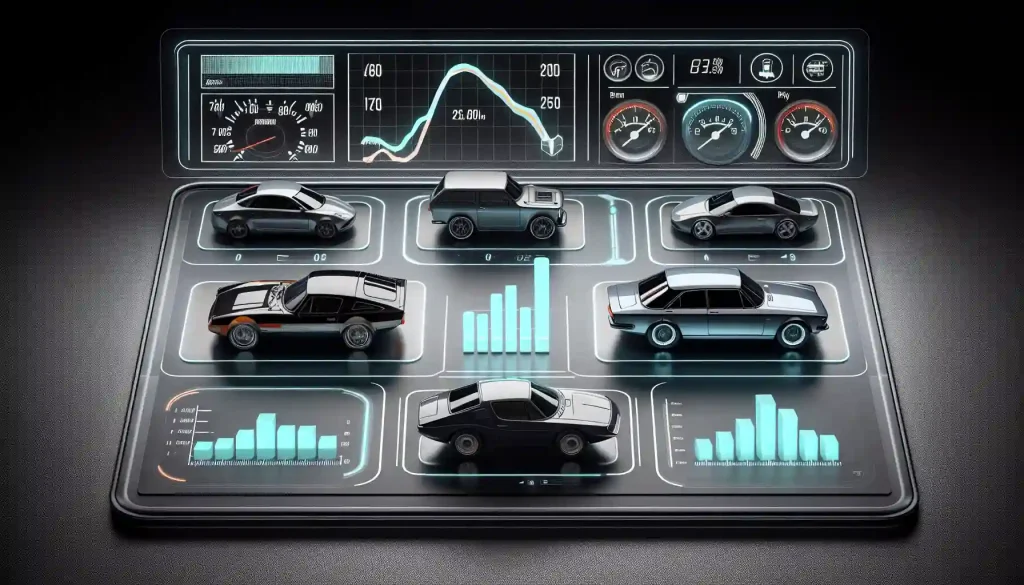
The Auto MPG dataset is a concise yet informative collection of 398 entries and eight attributes like horsepower, displacement, weight, and year of make.
It provides a snapshot of various car models’ fuel efficiency (measured in miles per gallon), primarily from the 1970s and 1980s.
This dataset is a treasure trove for automobile industry analysts and enthusiasts, helping to discern trends in fuel efficiency and its correlation with other vehicle attributes.
It’s also a favored dataset in educational circles for teaching regression analysis, as it presents a manageable yet diverse set of variables for analysis.
Now, let’s uncork the intricacies of wine quality with the Wine Quality dataset, a fascinating dive into the world of enology and sensory data analysis.
Cheers to that we say!
4. Wine Quality

The Wine Quality dataset is intriguing for oenophiles and data scientists. It offers a comprehensive look at the physicochemical properties of 6,497 variants of red and white wines and their corresponding quality ratings.
The 13 attributes include alcohol content, acidity, sugar level, and sulfates. This dataset is a tool for understanding the subtle factors influencing wine quality and an excellent resource for regression and multivariate analysis.
It’s particularly beneficial for those in the wine industry, researchers in food science, and data analysts focusing on sensory data analysis.
Exploring further, we come across the Student Performance dataset, offering valuable insights into how various factors influence academic achievements in secondary education.
5. Student Performance

The Student Performance dataset sheds light on students’ academic achievements in secondary education, particularly in two Portuguese schools.
This dataset contains 649 instances and 30 attributes, including student grades, demographic, social, and school-related features.
It’s a valuable resource for educators and policymakers, offering insights into how family background and study time impact student performance.
For data scientists and analysts, it’s an interesting case for exploring the influence of non-academic factors on education outcomes.
So, what’s next?
Let’s head to the big apple, aka New York City.
The NYC Airbnb dataset tours New York City’s rental landscape, revealing trends and patterns invaluable for market analysis in hospitality and real estate.
6. NYC Airbnb
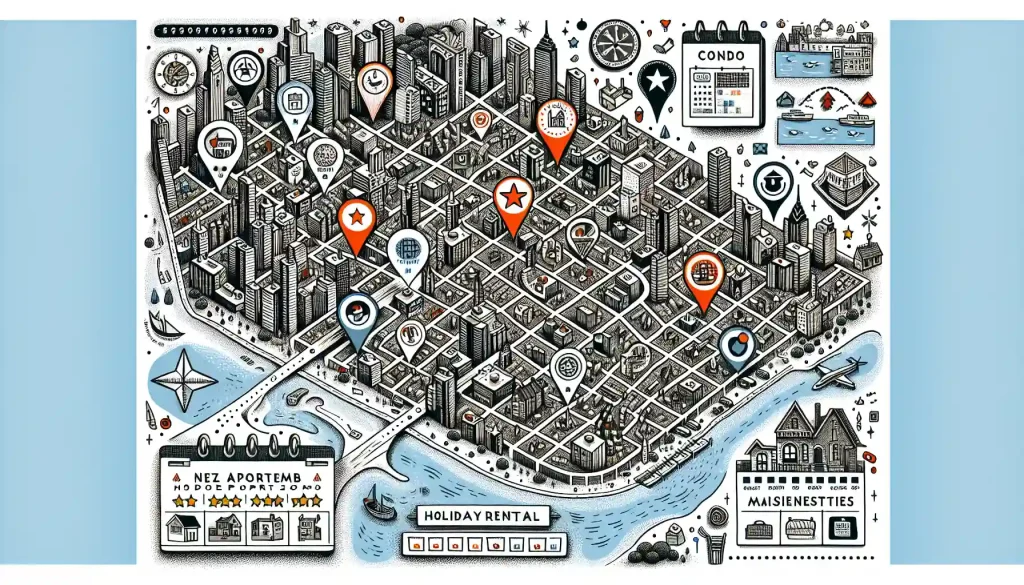
The NYC Airbnb dataset provides a comprehensive view of the Airbnb rental landscape in New York City.
With 48,895 entries and 16 features such as room type, number of reviews, and availability, this dataset is a rich source of information for market analysis in the hospitality and real estate sectors.
It also offers valuable insights for property owners, tourists, and city planners, highlighting trends in rental prices and preferences.
Furthermore, this dataset is also an excellent resource for data scientists interested in urban studies and the sharing economy.
Next, the Big Mart Sales dataset opens the door to retail analytics, presenting an excellent opportunity to understand and predict consumer purchasing behaviors.
7. Big Mart Sales
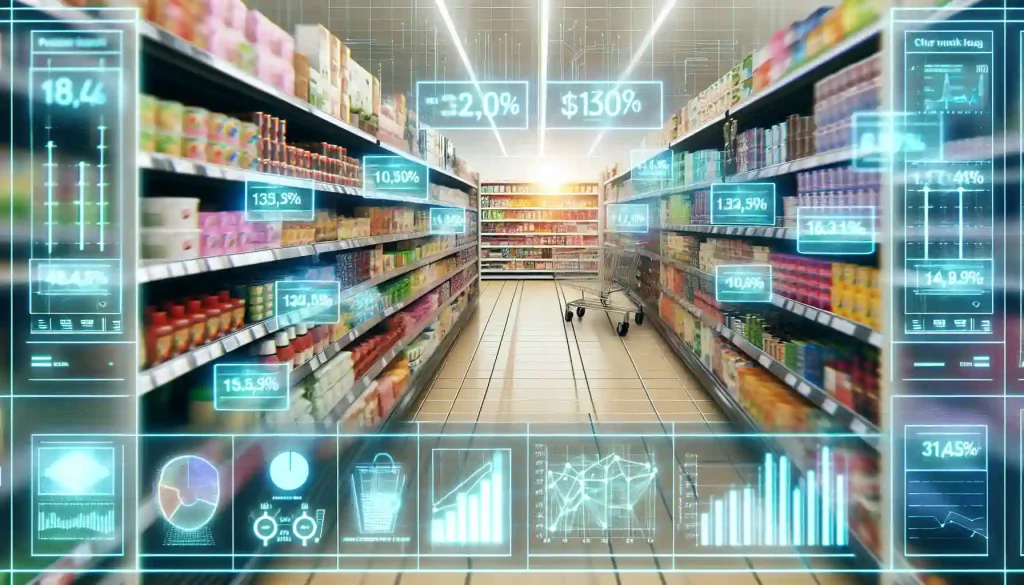
The Big Mart Sales dataset gives a glimpse into the retail sales data of 1559 products across ten stores of the Big Mart chain.
There are 85,523 rows, and 11 columns include attributes like item weight, visibility, type, and sales figures.
This dataset is particularly useful for retail analysts and store managers to understand sales dynamics and predict future trends.
Also, It provides a practical scenario for applying various regression techniques and forecasting methods, making it suitable for both intermediate and advanced learners in data analysis.
Now, let’s do digital.
Venturing into the digital realm, the Predicting Popularity of Online News dataset offers a deep dive into what drives the engagement of online articles.
8. Predicting the Popularity of Online News

The Predicting Popularity of Online News dataset, also known as the Online News Popularity dataset, includes data from articles published on Mashable over two years.
This extensive dataset contains 39,797 instances and 61 attributes, including the number of words in the content, links, shares, and more.
Understanding what drives the popularity of online articles is a valuable resource for digital marketers, content creators, and media analysts.
Next up, let’s jump in a taxi.
The NYC Taxi Trip Duration dataset accelerates us into the bustling streets of New York City, where every taxi trip tells a story of urban transport logistics.
9. NYC Taxi Trip Duration

The NYC Taxi Trip Duration dataset is a comprehensive collection of data on taxi rides in New York City. With 1,458,644 rows and 11 columns, it provides information such as pickup and dropoff locations, trip duration, and passenger count.
This dataset is invaluable for urban planners, transportation companies, and policymakers in analyzing and optimizing city transport logistics.
It’s also an excellent resource for data analysts interested in geospatial analysis and real-time transportation data processing.
Finally, the “Predicting Bike Rentals” dataset gears us up to understand the dynamics of urban mobility, focusing on the ever-growing trend of bike-sharing in city landscapes.
10. Predicting Bike Rentals

The Predicting Bike Rentals dataset, known as the Bike Sharing Demand dataset, offers a deep dive into urban mobility, focusing on bike rentals in Washington, D.C.
It includes 17,379 rows and 12 columns, with data on hourly rental counts and weather and seasonal information.
This dataset is particularly relevant for urban planners, environmental advocates, and bike-sharing companies.
Furthermore, It provides insights into the factors influencing bike rental demand, aiding in better management and planning of urban transportation resources.
As we conclude our exploration of these top ten regression datasets, let’s reflect on some final takeaways.
Final Thoughts
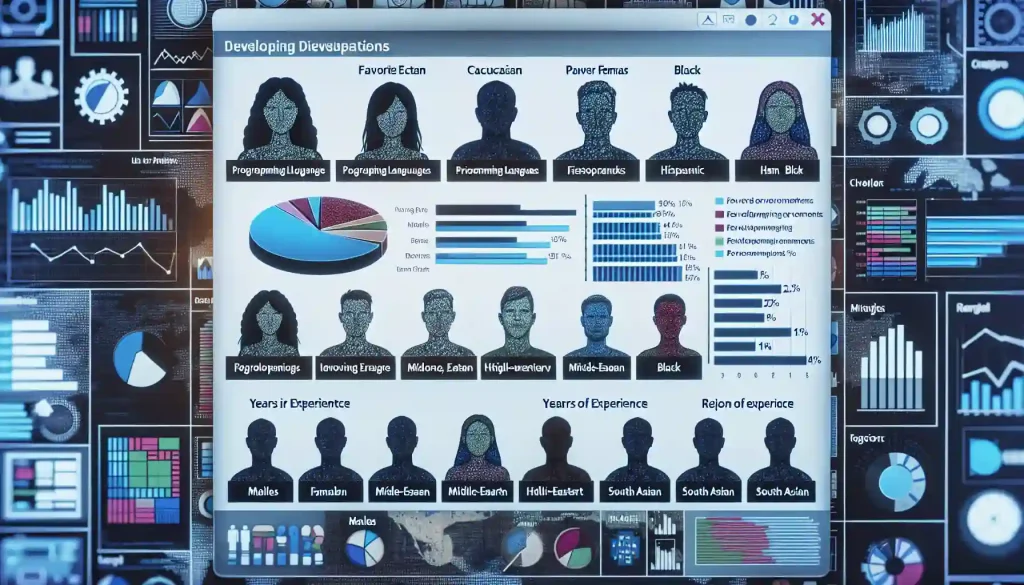
Whether you’re a beginner looking to get your feet wet in data analysis or an experienced data scientist searching for new challenges to sharpen your skills, having a good collection of regression datasets is essential.
These datasets will help you study various aspects of regression, such as simple linear regression, multiple linear regression, polynomial regression, and more.
Moreover, you can learn about regression diagnostics, model evaluation metrics, and how to handle issues like multicollinearity, heteroscedasticity, and outliers.
Lastly, working with diverse datasets will expose you to different real-world problems and their associated data challenges.
So, gear up and get ready to explore the world of regression with these stellar datasets!
Do you want a comprehensive overview of modern AI tools for data analysis? Check out this great video on the EnterpriseDNA YouTube channel.
Frequently Asked Questions
This section will answer some frequently asked questions about the best regression datasets.
What are regression datasets?
Regression datasets are data collections used to study and practice statistical regression analysis.
They can be used to answer questions like “How do changes in one or more independent variables impact a dependent variable?”
Where can I find regression datasets?
There are numerous sources for finding datasets, such as Kaggle and the UCI Machine Learning Repository.
You can also use popular programming languages like Python and R to access datasets directly from their libraries.
What type of regression datasets are more common?
The most common types include house price prediction, stock market data, weather data, and various social and economic indicators.
These datasets are popular because they have clear, quantitative outcomes influenced by various factors, making them ideal for regression analysis.
How do I choose the right dataset for my project?
The choice of dataset depends on your goals and level of expertise. Beginners might prefer smaller, more straightforward datasets to understand the basics of regression, while advanced users might opt for larger, more complex datasets to develop sophisticated models.
Consider the dataset’s size, the variables’ complexity, and the data’s real-world applicability.
What skills can I develop by working with regression datasets?
Working with datasets helps you develop various skills, including data cleaning, feature selection, model building, regression, and interpretation of results.
You’ll also learn how to deal with everyday challenges in data analysis, such as handling missing data, dealing with outliers, and interpreting complex data.
Can I use these datasets for machine learning projects?
Yes, these datasets are suitable for statistical regression analysis and are widely used in machine learning projects.
They can help you practice and develop skills in supervised learning, particularly in building and tuning regression models like linear regression, decision trees, and random forests.
Are there any prerequisites for working with these datasets?
Basic knowledge of statistics, particularly the concepts of correlation and regression, is helpful. Familiarity with a programming language like Python or R and tools for data analysis like pandas, NumPy, or scikit-learn is also beneficial.
How do I know if my regression model is good?
To evaluate the performance of your regression model, you can use metrics like R-squared, Mean Squared Error (MSE), or Mean Absolute Error (MAE). Performing diagnostic checks to ensure your model meets the regression analysis assumptions is also essential.
Can I use these datasets for academic research?
Many of these datasets are used in academic research. However, it’s essential to cite the dataset’s source in your research and check for any usage restrictions.
How often should I practice with these datasets?
Regular practice is vital to mastering regression analysis. Try to work with various datasets to gain a broad understanding of different types of regression problems and their solutions.
Can I contribute my dataset to these sources?
Platforms like Kaggle and the UCI Machine Learning Repository allow users to contribute their datasets. This is a great way to contribute to the data science community and get feedback on your work.








